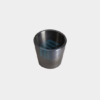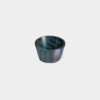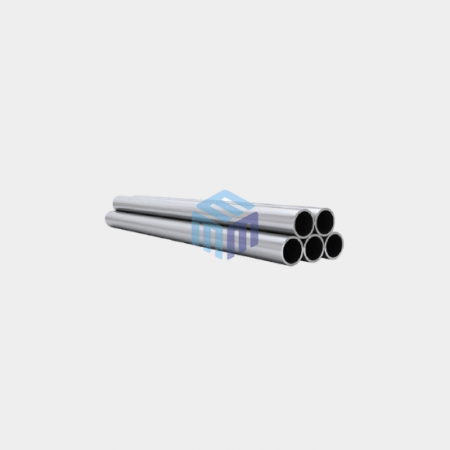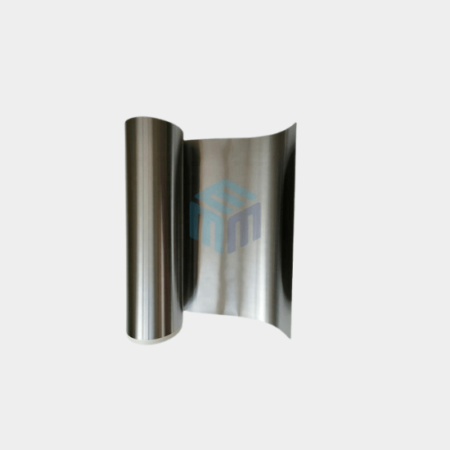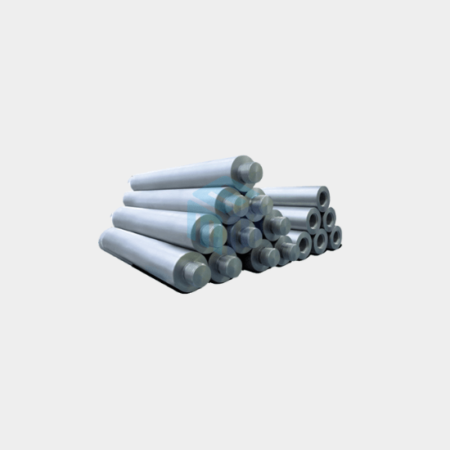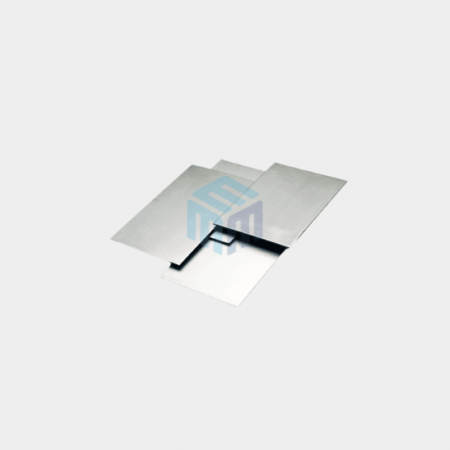Molybdenum Crucibles
Inquiry NowProduct Description
Molybdenum Crucibles are made up of sintered molybdenum powder. Molybdenum is a refractory metal and has a high melting and boiling point (2622 °C and 4639 °C, respectively). Crucibles made up of molybdenum possess extraordinary strength, and are extremely resistant to corrosion and very high temperatures which also makes them good thermal and electrical conductors.
Molybdenum crucibles can be used to conduct tests with many chemical solutions. At room temperatures, they are non-reactive to hydrochloric acid, hydrofluoric acid and alkali solutions, but dissolve in nitric acid, concentrated sulphuric acid and aqua regia. They oxidise at temperatures between 400 °C – 800 °C under oxidising atmosphere and resulting in molybdenum vaporising. Therefore, it is recommended that for high temperatures, around 2000 °C, experiments with Molybdenum Crucibles should be performed in an inert environment.
Molybdenum Crucible’s robustness, good conductivity, non-reactivity with many chemical substances and resistance to corrosion as well as high temperatures allows it to endure repeated rough handling therefore absolutely makes it a suitable vessel for laboratories.
Molybdenum Crucibles come in a variety of shapes (molybdenum boat crucible, molybdenum cylindrical crucible, molybdenum rectangle crucible etc) and sizes of any diameters and wall thickness that suits your requirements.
Molybdenum Crucibles can be manufactured in different ways as shown below:
- Pressed and sintered Crucibles
- Spin-formed Crucibles
- Milled Crucibles
- Welded Crucibles
We are a USA company catering products and solutions in the USA, Australia, New Zealand, India, Singapore, Malaysia, South Korea, Indonesia, Dubai, Philippines and Vietnam. Our team of experts across different platforms can discuss and customize your requirements as per your needs.
Please reach out to us at info@mkubeenterprise.com or call us at +1-732-808-1999 to discuss your projects.
We also provide Molybdenum
Wires, Molybdenum Electrodes, Molybdenum Mandrels, Molybdenum Foils, Molybdenum Sheets and Plates, Molybdenum Tubes, Molybdenum Rods, and Molybdenum substrates.
Key Features
Molybdenum is a refractory material that can withstand high temperatures, even higher than steel and nickel alloys. Due to its oxidation at low temperatures, it is best to use Molybdenum Crucibles in vacuum. Significant features include –
- High purity
- Low solubility in water
- High dimensional stability
- Low co-efficient of thermal expansion
- Good thermal conductivity
- Good electrical conductivity
- Long functional life
- High melting point (2622 °C)
- High boiling point (4639 °C)
- High red-hardness
- Tensile strength
- Ductility
- High density
Applications
Molybdenum’s physical and chemical properties make its crucible a viable product to be used for: –
- Metallurgical processing
- Ceramic processing
- Mechanical processing
- Nuclear fuel sintering
- Capacitor sintering
- Crystalloid materials
- Melting and solidifying vessels like crucible furnaces
- Optimum stirring to homogenise all types of glass melt
- LED Sapphire crystal growth
Molybdenum Crucibles are extensively used in the following industries:
- Metallurgy industries
- Rare earth smelting industry.
- Nuclear industry
- Chemical industry
- Nano technologies
- Nanoparticle research
- Single crystal growing research.
- Steel Research
- Steel industry
Frequently Asked Questions:
What is the max operating temperature of a Mo crucible?
Refractory metal molybdenum crucibles (or Mo crucibles) can handle up to 2,900 °C in vacuum and about 1,900 °C in inert gas. These temperature limits make molybdenum crucibles ideal for extreme applications like crystal growth and vacuum evaporation.
Are molybdenum crucibles compatible with all chemicals?
No. While Mo crucibles resist many molten metals and non-oxidizing melts, they oxidize rapidly above 600 °C in air. For processes involving oxygen or reactive gases, use an inert-gas shield or vacuum environment to protect the crucible.
What are molybdenum crucibles used for?
Molybdenum crucibles are widely used in:
- Vacuum and inert-gas furnace work
- Sapphire and rare-earth crystal growth (often alongside MoSi₂ heating elements)
- Semiconductor manufacturing
- High-temperature sintering
Their compatibility with MoSi₂ heating elements ensures consistent temperature control in demanding industrial settings.
What shapes and sizes are available in molybdenum crucibles?
Typical geometries include:
- Cylindrical molybdenum crucibles (standard beaker style)
- Molybdenum boat crucibles (flat-bottom for uniform heating)
- Molybdenum crucibles with lids (for enclosed processes)
Diameters range from a few millimeters in lab models to large industrial sizes. Custom dimensions are also available.
Can I order custom molybdenum crucibles?
Yes. Leading molybdenum crucible suppliers in USA and molybdenum suppliers offer tailor-made Mo crucibles—adjusting wall thickness, shape, surface finish, and adding features like lids or handles to your specifications.
Do you provide Material Safety Data Sheets (MSDS) or technical support?
Yes, we provide Material Safety Data Sheets (MSDS) for all our products to ensure you have important safety and handling information. Additionally, our technical support team is available to assist you with any questions or guidance you may need regarding product use, specifications, or applications.
Are molybdenum crucibles commercially available?
Absolutely, You can purchase standard or custom Mo crucibles through many global vendors. Molybdenum crucible price will vary with size, purity, and quantity—so contact your preferred molybdenum crucibles supplier for a quote.



